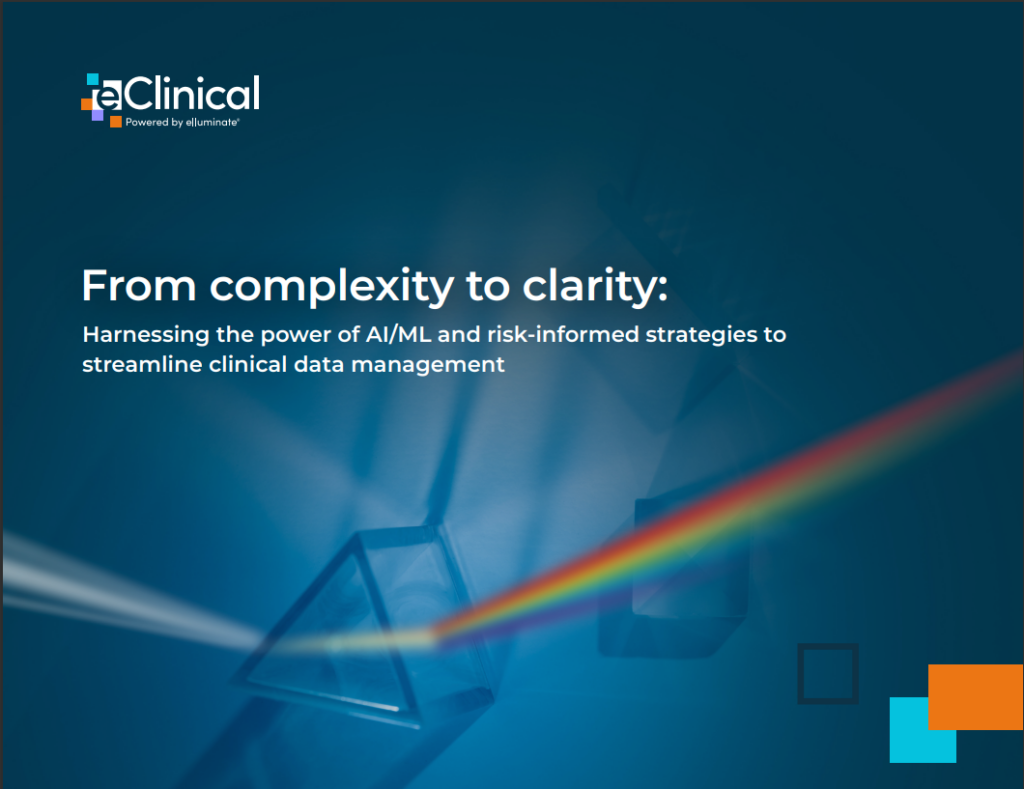Pricing is key to driving profitable growth because it impacts brand position, financials, buying, and selling. But all too often, companies ignore pricing in their digital transformation plans, and it becomes an unintended bottleneck.
Because pricing processes are typically disorganized and dispersed across many different ERPs, CRMs, and other systems, pricing leaders are left to rely on Excel spreadsheets as their source of truth. An overreliance on outdated and intensive manual processes to pull and update siloed pricing data and push it through spreadsheets leads to challenges in delivering the right deal at the right price.
Hidden Consequences Are Become Visible
Entering and updating data manually may have worked in the past when businesses only had to make one price change per year. Now, in an era defined by turbulence from inflation, market volatility, and supply chain disruptions, businesses must make price changes much more frequently, and manual processes have been exposed as slow and inefficient, putting them at a competitive disadvantage.
Another consequence of using outdated systems is inconsistent pricing. Many companies lack a pricing solution that automatically shares optimized pricing with the sales team. Therefore, sales representatives are often tasked with the role of making pricing decisions on their own. As discussed above, reps are pulling from data that is not up-to-date and inaccurate, resulting in detrimental price variability stemming from what is essentially glorified guesswork. As you can imagine, receiving different price quotes on the same product results in a poor customer experience.
In an era of constant market changes and evolving business trends, adopting better solutions must be done quickly and precisely. This is where data-science-driven pricing software can truly help streamline pricing processes.
Data Science-Driven Pricing Solutions To The Rescue
Data-science-driven pricing solutions minimize guesswork and manual inputs by quickly making sense of large amounts of data, automating processes, and more effectively optimizing or managing prices. This leads to a range of benefits, which include:
- Ensuring optimized and customer-specific pricing is consistent across all channels
- Providing guardrails for sales to close deals with pricing that aligns with corporate strategy
- Bringing together pricing data, sales workflows, and AI to identify and execute time-sensitive, cross-sell, and upsell opportunities
Another major benefit of leveraging pricing software is that it consolidates data into one centralized platform. This ensures an efficient roll-out of any price changes. The time saved by saying ‘goodbye’ to spreadsheets pays huge dividends by giving the pricing team more time to consider strategy and the actions needed to maximize revenue and profit.
Ditching Manual Processes Once and For All
It’s past time to ditch inaccurate, inefficient, and manual pricing processes – especially in today’s highly competitive and volatile market. Transforming your pricing processes is the key to driving profitable growth. By using a pricing strategy informed by data science, B2B businesses ensure they are delivering the right deal at the right price to the right customer at the right time.
About the Author

Barrett Thompson is a General Manager of Commercial Excellence at Zilliant. He leads the Business Solutions Consultant team, aligning Zilliant solutions to customer needs and promoting pricing and sales best practices among customers. Over the past two decades, Barrett has built and delivered optimization and pricing solutions to Fortune 500 businesses in diverse vertical industries including building materials manufacturing and distribution, industrial components manufacturing, semiconductor manufacturing, office-supply distribution, hardware-software distribution, pharmaceutical and medical-device distribution, telecommunications, and multiple travel & transportation verticals. Barrett received both his Bachelor of Science in Applied Mathematics and his Master of Science in Operations Research from the Georgia Institute of Technology.
Sign up for the free insideAI News newsletter.
Join us on Twitter: https://twitter.com/InsideBigData1
Join us on LinkedIn: https://www.linkedin.com/company/insidebigdata/
Join us on Facebook: https://www.facebook.com/insideAI NewsNOW





Speak Your Mind